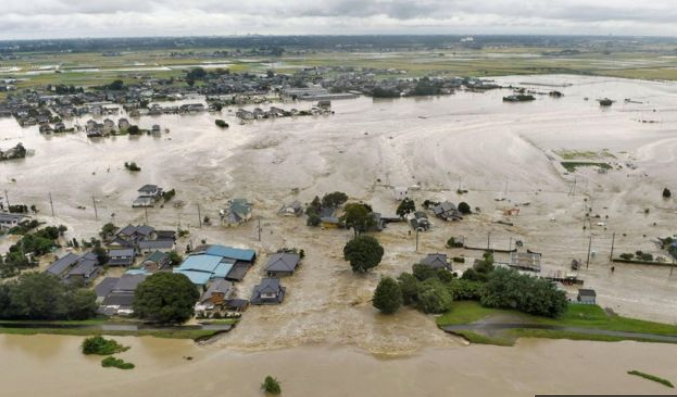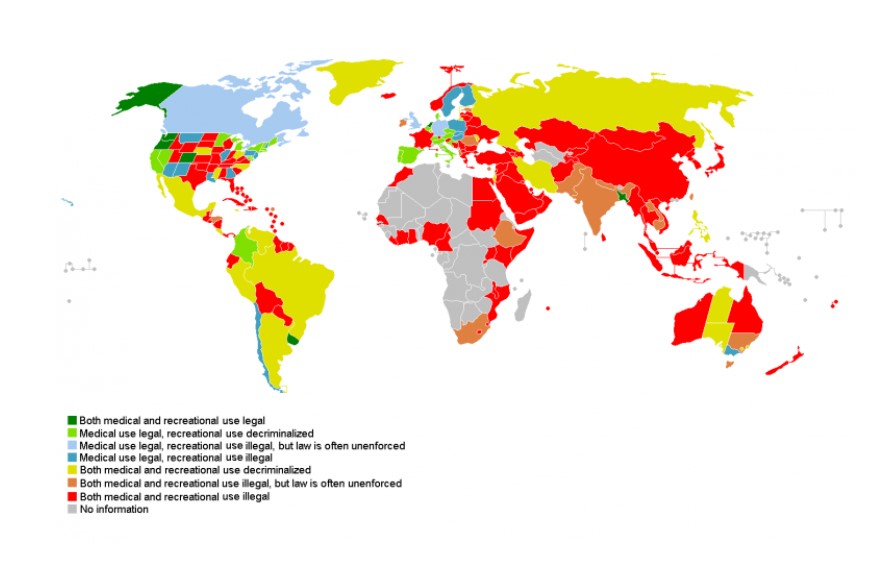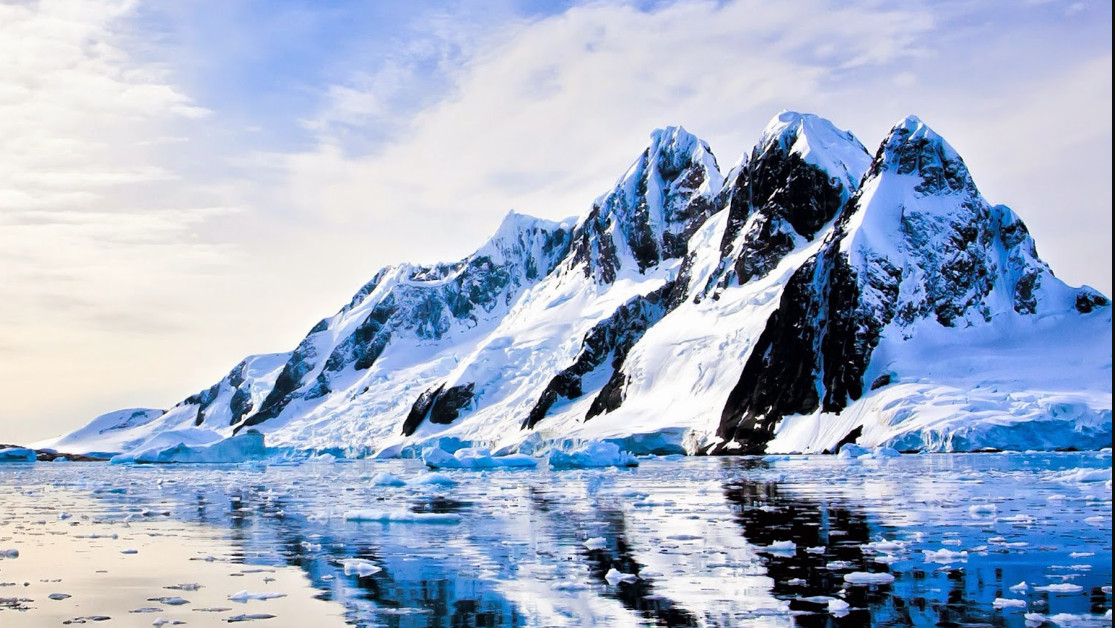Saudi Arabia has been a repressive country with a regime that has oppressed almost everyone living there, other than rich men. The ruling monarchy has had to do this to ensure its survival. The country has been responsible for spreading its own brand of militant Islam all over the world. It has been able to do so because of the petro-dollars it has distributed in the countries where it sends its religion and funds terrorists.
It also buys weapons from the west and is an ally against Iran, the boogieman of the Middle East for western countries. The extent of human rights abuse in Iran are no less draconian. Both countries seem to vie with each other for a reputation in barbarity. However, while Iran is often castigated for its abuses, Saudi Arabia hardly is.
The new rock star de-facto ruler of the country, Crown Prince Mohammad Bin Salman has been hailed as a reformer. Why? Because he opened some cinemas and allowed women to drive. What everyone has failed to acknowledge is that he is equally oppressive and seems to behave more like a psychopath, who is doing everything to shore up his reign; reminiscent of medieval European monarchs.
He has systematically tried to neutralize any opposition, whether it is by arresting other princes and political rivals, stamping down people from other Islamic sects, imprisoning women’s rights campaigners, or by ensuring that any criticism of the country and his regime is completely silenced. This has all been done to consolidate his power rather than for any desire for reform.
The world — especially the western world — knows this and watches on, making desultory objections once in a while and bringing up Iran when things get a little more dicey.
This is exactly what has happened these last two weeks. Jamal Khashgoggi went into the Saudi Arabian embassy in Turkey on October 2, 2018 and never came out. It is being said that he was murdered inside the embassy.
None of the influential government leaders such as those of UK, and USA, said much. It was the media that took up the issue and now finally these governments are waking up. But even now the trade in arms and the so called support against Islamist terrorists means that basically a way out is being given to the country. A man was murdered by the regime of a country that has a despicable human rights record and which has effectively destroyed Yemen, but all that has been discussed is how to give it a light rap on the knuckles (if that) and continue to keep a relationship going.
What will probably happen is that the whole thing will blow over soon. We all know that. But that does not mean that the world cannot raise its voice against such blatant disregard for human life.
The most fascinating thing that apologists bring up when something is criticized is “whataboutery”. What about Iran, what about China, what about Turkey itself? Yes, their records are horrific and they too must be brought to task.
However, at the moment Saudi Arabia has done something that no reasonable human being and government should allow to be pushed under the collective global carpet. A man was murdered by a ruling regime inside its own embassy; this must not be taken lightly. This is not a small matter. If this is what Mohammad Bin Salman can do when he is the Crown Prince and thumb his nose at the world, imagine what he can do when he is King.




